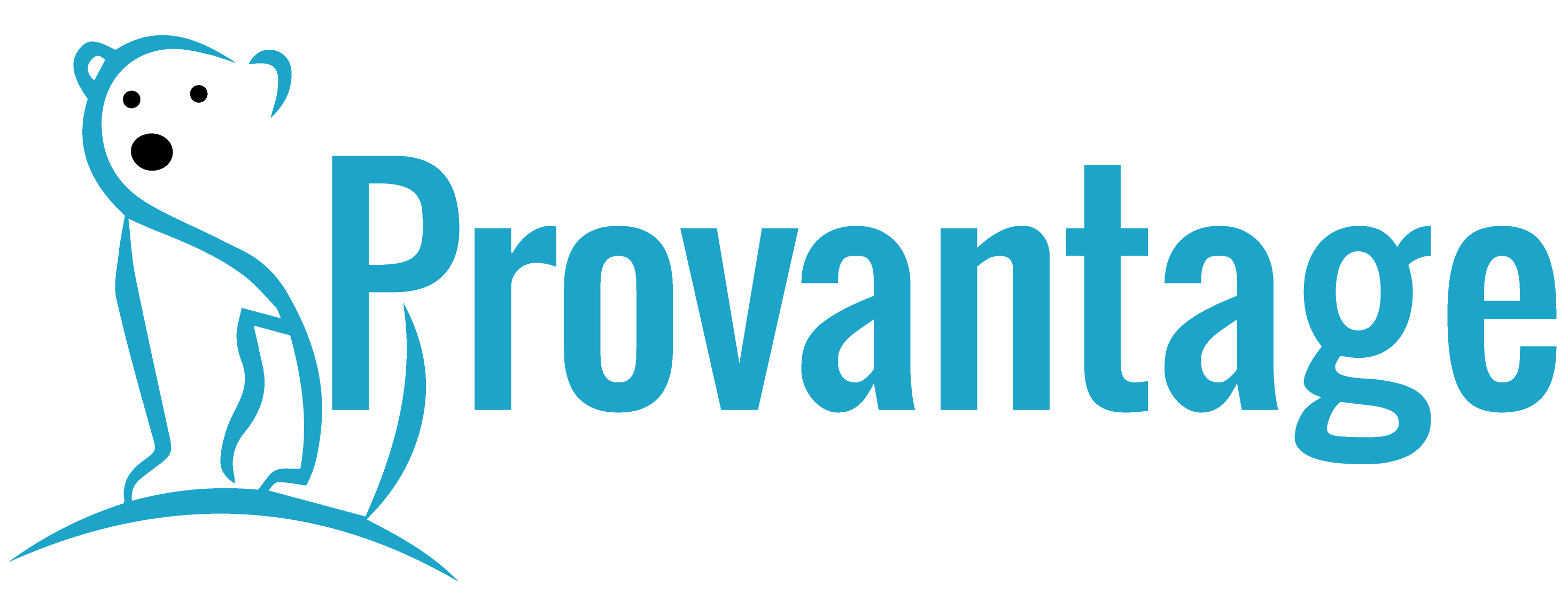Local Support Service
A logistics company asked us to take over the support of a large office. With over 500 ‘happy’ users, it seemed as though the outgoing contract had it under control. We were about to be horrifically surprised.
The Brief
Take over the on-site support of over 500 users, and fifty at a remote site. We had a week’s handover, and then we had to run with it after that.
Diagnosis
At first, the support appeared to be up to date. For about two weeks, we were getting on with the job of helping the users get the software and hardware they needed. However, the return of the European Sales Director, he told us differently. We discovered we had only scratched the surface. There was a litany of unresolved faults, unfulfilled orders, and for some reason, about quarter of a million pounds of hardware had gone missing.
Solution
After getting up to speed with the way the support was currently done, we set about putting together a better framework. Calls would come in and prioritised, but there were such a large backlog it was near impossible to keep on top of them. What we needed to do was perform some analysis.
The purpose was to perform some root cause analysis. Was there a theme running through the calls which could be solved with a few small solutions. It appeared to begin with the four-hundred plus calls were random with no underlying cause. Some were simple such as shortcuts gone missing, printers falling off the printer list, missing software, and so on. We separated out the calls for software and hardware installs (some were over three months old), and left the fault calls. We noticed a trend.
Looking at the desktop configuration, we discovered nothing had been secured. Users were allowed to put personal photographs as desktop wallpapers, some odd software was found, and in some cases, corporate software had been tampered to the extent parts of it were damaged beyond repair.
We needed a plan.
We made a proposal to rebuild all desktops in the two offices. Not individually, but by remote support tools. An out of date gold image was available, which we could use as a baseline. In the meantime, we designed a remote deployment service based on Microsoft tools, and got this signed off and authorised. Once deployed, we could begin testing the deployment of new desktop images.
The direction we wanted to go was to treat the desktops as ‘cattle’. If it gets sick, over write it with a new image. This meant having remote profiles, a group policy that removed all administrative privileges from all users, and a corporate desktop wallpaper, designed by the graphics department. Nothing was to be left on the desktop. As well as files finding their way onto the local drive, we discovered there was some underused storage. This we carved up into departmental areas, secured for the users only from each department. By removing access to the local drive, forced them to the network shares.
Because users had been so used to having their own way with the corporate desktop, we had to win friends. Starting with the board, they were the first to have the new desktop. Once they were on side, we were to move down the organisation tree. To do this, we took over one of the meeting rooms and displayed the new technology. Users could rebuild desktops themselves by pressing a single button and see there is no effect on their files. It began to gain favour.
The cutover plan included a pre-go-live communication and a couple of workshops. It included the importance of moving anything off their local PC and onto the network share. The cutover was going to be over a weekend, so anyone who couldn’t sort out their desktop could leave a small card on the keyboard, telling us not to rebuild it.
Out of the 550 desktops we rebuilt over the weekend, only nine couldn’t be sorted out due to the users not wanting their desktop rebuilt. We treated them carefully. They perceived they were important and the loss of control over the desktop would be detrimental to the company. It took a lot of careful negotiation, and eventually, they were brought round to the corporate policy.
After the process was complete, the number of new calls was reduced to two a day. It was an impressive reduction. The next stage was to catch up on the missing equipment. It wasn’t until the estates department realised a key was missing for an office, that the equipment was discovered. The previous incumbent had became overwhelmed by the sheer amount of calls, they simply piled hardware and software into an office, then lost the keys! We cleared out the office, and set about building a build and test lab. It was a good outcome for the users and we developed a valuable resource for the company.
Outcomes
Less calls
It was important to reduce the calls coming in from people messing with the configuration.
Faster response
Once we were on top of the calls, we were able to respond quicker to important calls.
Happier users
If a desktop starts to fail, the user can rebuild it themselves. Kick the process off, got for a tea, and when they come back, the desktop is back running again.
Wider support
We extended the support to other sites, improving the lives of the support engineers on those sites.
Benefits
Less calls means less downtime for users, saving costs overall, making the users more productive.


